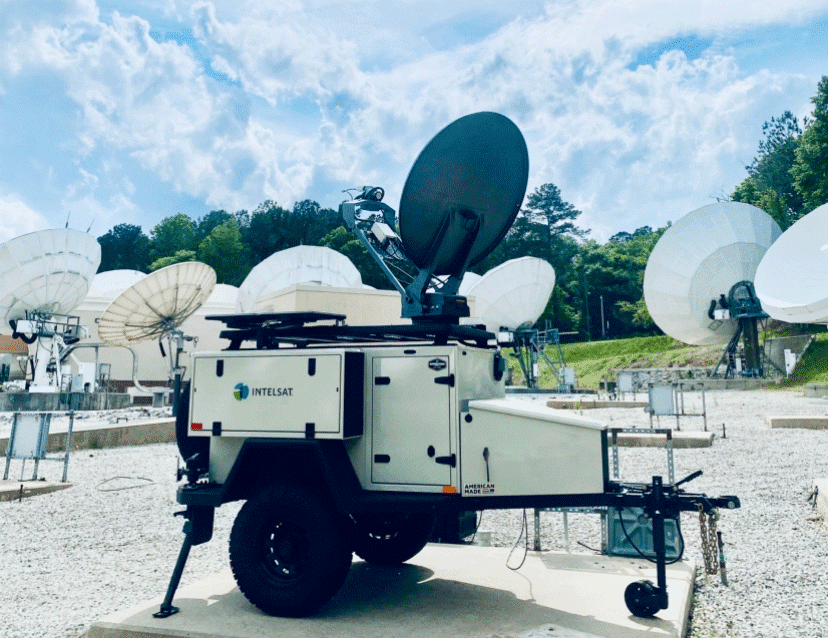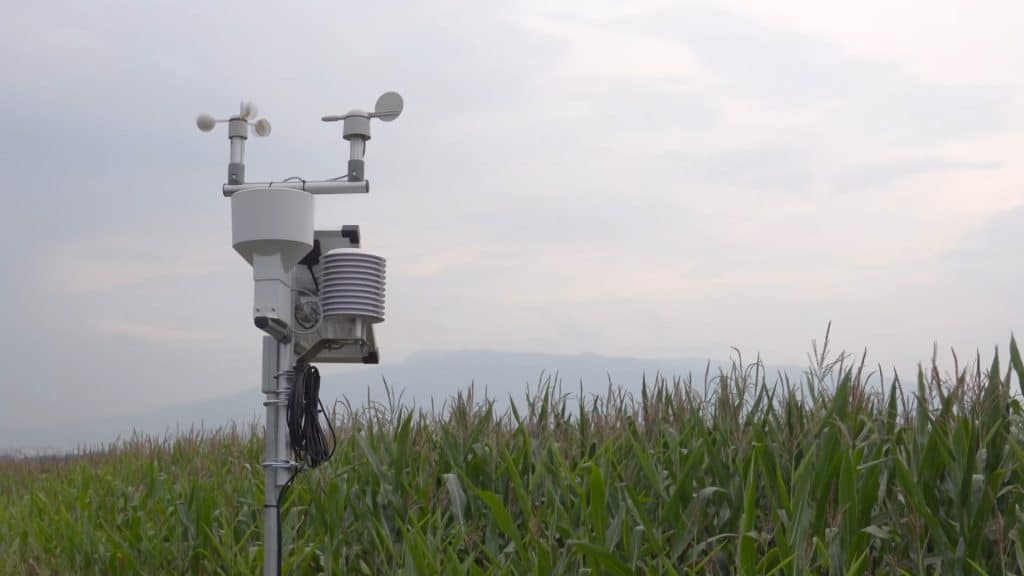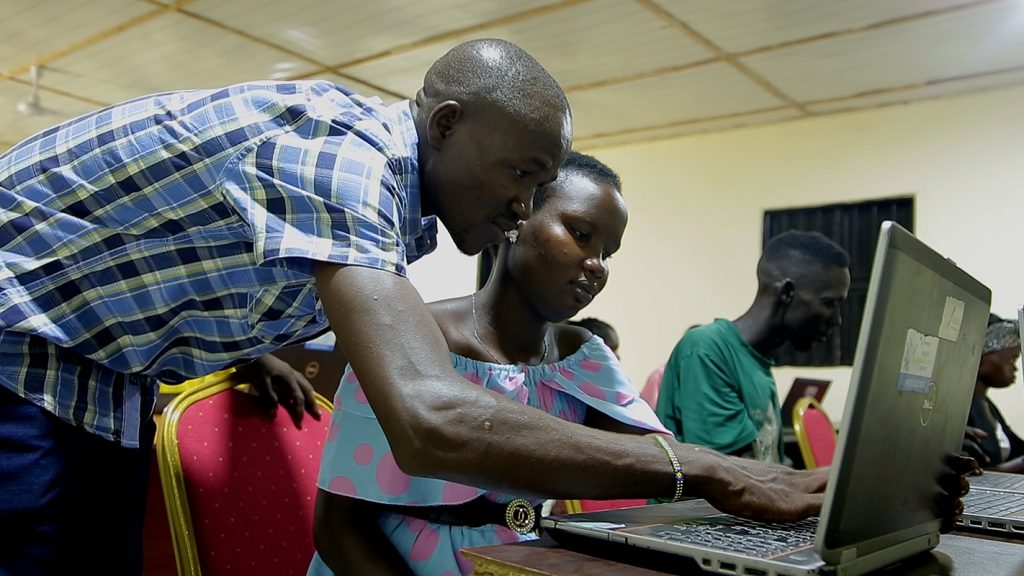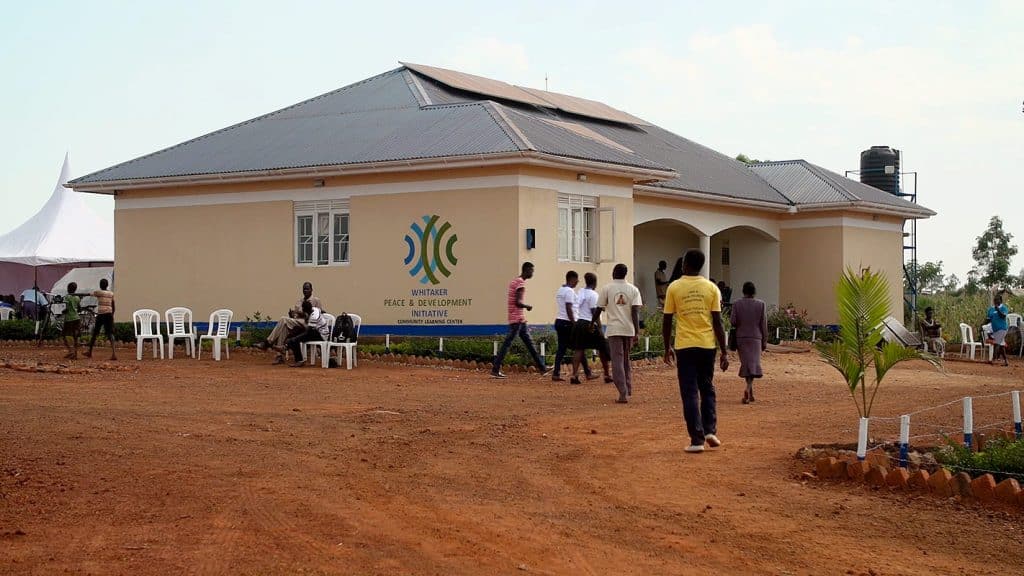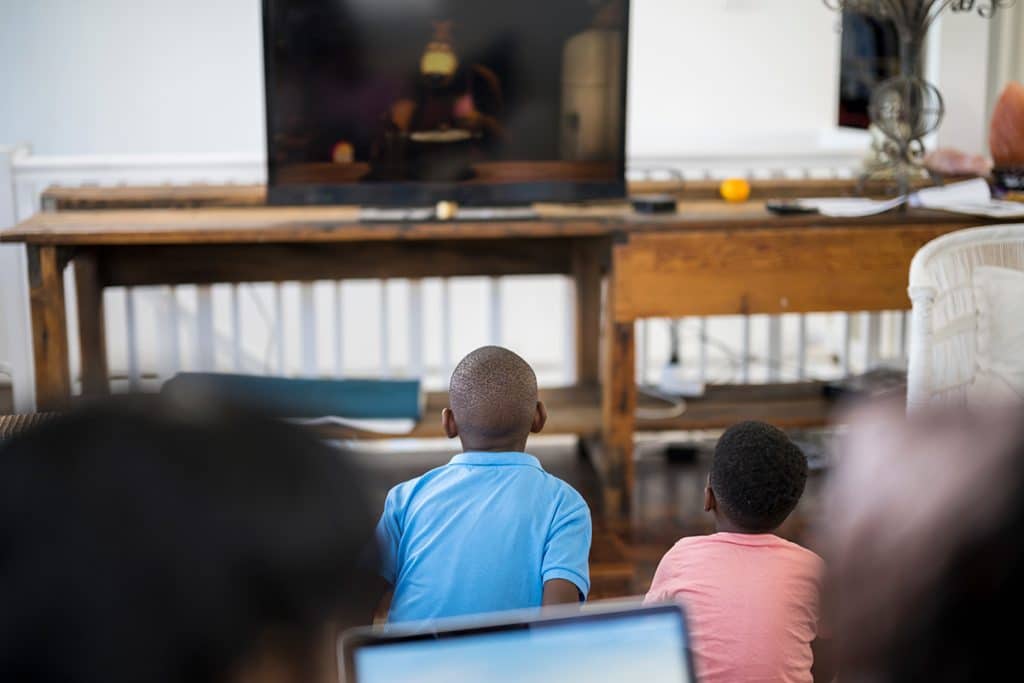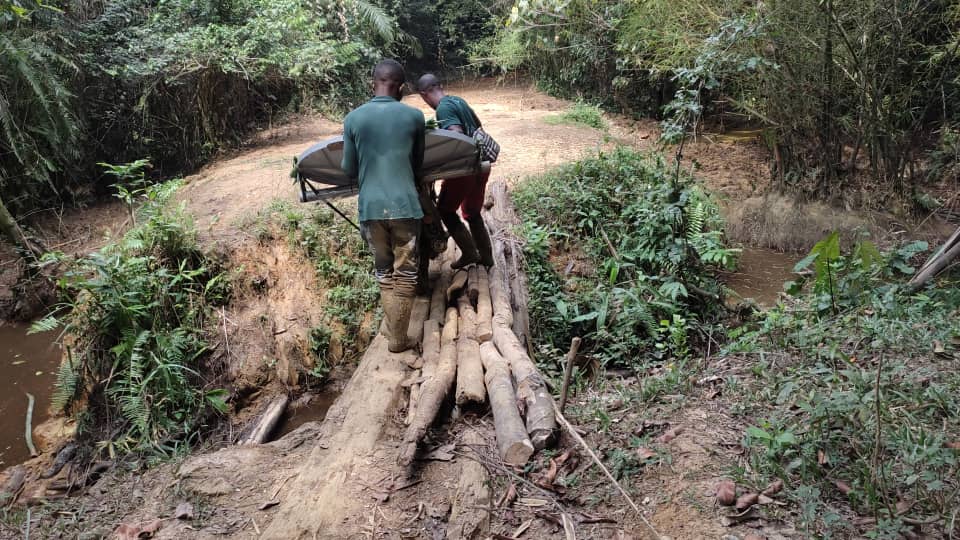Digital Television Slowly Coming to African Viewers
By Annemarie Meijer
A decade ago, the International Telecommunications Union set an ambitious goal of having all of Africa’s broadcast companies converted to digital terrestrial television by mid-2015. Digital broadcasting uses less spectrum than analog signals, and the ITU intended that the conversion would free up spectrum for other applications.
Well, the target date came and went with only Tanzania, Rwanda and Kenya able to meet the goal. South Africa came close, with its broadcasters moving to a “dual illumination” mode – transmitting both digital and analog signals – in early 2016. But much of Africa still has far to go. Major cities in some countries, such as Kampala in Uganda, have moved to digital, but rural viewers with TV antennas in Uganda and many other nations are still receiving free, over-the-air television only via analog signals.
Shifting to a digital format offers a number of advantages, including improved reception quality, expanded channel lineups, and enhanced applications like video-on-demand. Once television broadcasting fully switches to digital, the freed-up spectrum can be used for wireless applications that could contribute to broader economic growth.
Full implementation of DTT has been delayed for a number of reasons that vary from country to country:
- In some areas, there is still disagreement over whether the set-top boxes (STB) required to decode the digital signal should use some form of encryption so that broadcasters could offer additional channels as part of a pay-tv package.
- Shifting to DTT is expensive for broadcasters and consumers. The provider must pay for digital production and transition equipment and the TV owner has to buy an STB. There is debate over whether the transition might happen more quickly with governments and/or broadcasters subsidizing the STB expense.
- Broadcasters have cut back spending in the face of the general economic stagnation in Africa and continuing currency devaluations against the U.S. dollar, the currency in which satellite capacity and equipment are priced. For example in Kenya, the local schilling has lost more than a third of its value compared to the dollar since the 2008 global economic crisis.
- Less than half of African households have a large-screen television, and the smartphone is often the first screen Africans use to watch TV programs. For example, viewers can access the Kenyan Broadcasting Corporation website and watch digital TV programs. These viewers would rather have generous mobile data packages than pay for a digital converter for a large-screen TV.
Private operators offering pay-tv packages are delivering DTT in urban areas, so the transition is happening for those able to pay for TV service. The most prominent DTT players are China-based StarTimes, which has operations in 10 countries in sub-Saharan Africa with about 1.5 million subscribers, and South Africa’s MultiChoice, which has 2.4 million subscribers to its GOtv service in 11 African countries.
Satellites have always played a crucial role in delivering content to broadcasters for analog transmission in Africa, and this will be just as important when the switch to digital is finally completed. MultiChoice offers viewers both DTT using broadcast towers to reach home antennas and direct-to-home (DTH) service using Intelsat satellites transmitting to roof-mounted dishes. Regardless, both types of MultiChoice television offerings use Intelsat satellites for a portion of the distribution chain. For instance, one of Intelsat’s newest satellites, Intelsat 36, .
Satellites are essential to delivering TV signals to remote transmitting sites for DTT broadcast to home antennas. The wide beams offered by C-band satellites are the best option for DTT given Africa’s rainy weather. Providers may also end up taking a hybrid approach, with terrestrial broadcasting of DTT signals for urban areas and a DTH solution for hard-to-reach rural communities.
Our African customers are moving as quickly as they can to full digital television, both to meet the goal set by the ITU and to open up potential growth markets for video-on-demand and other multi-media services. But the continent has 54 countries, and each presents broadcasters with unique challenges in the shift from analog to digital signals.







